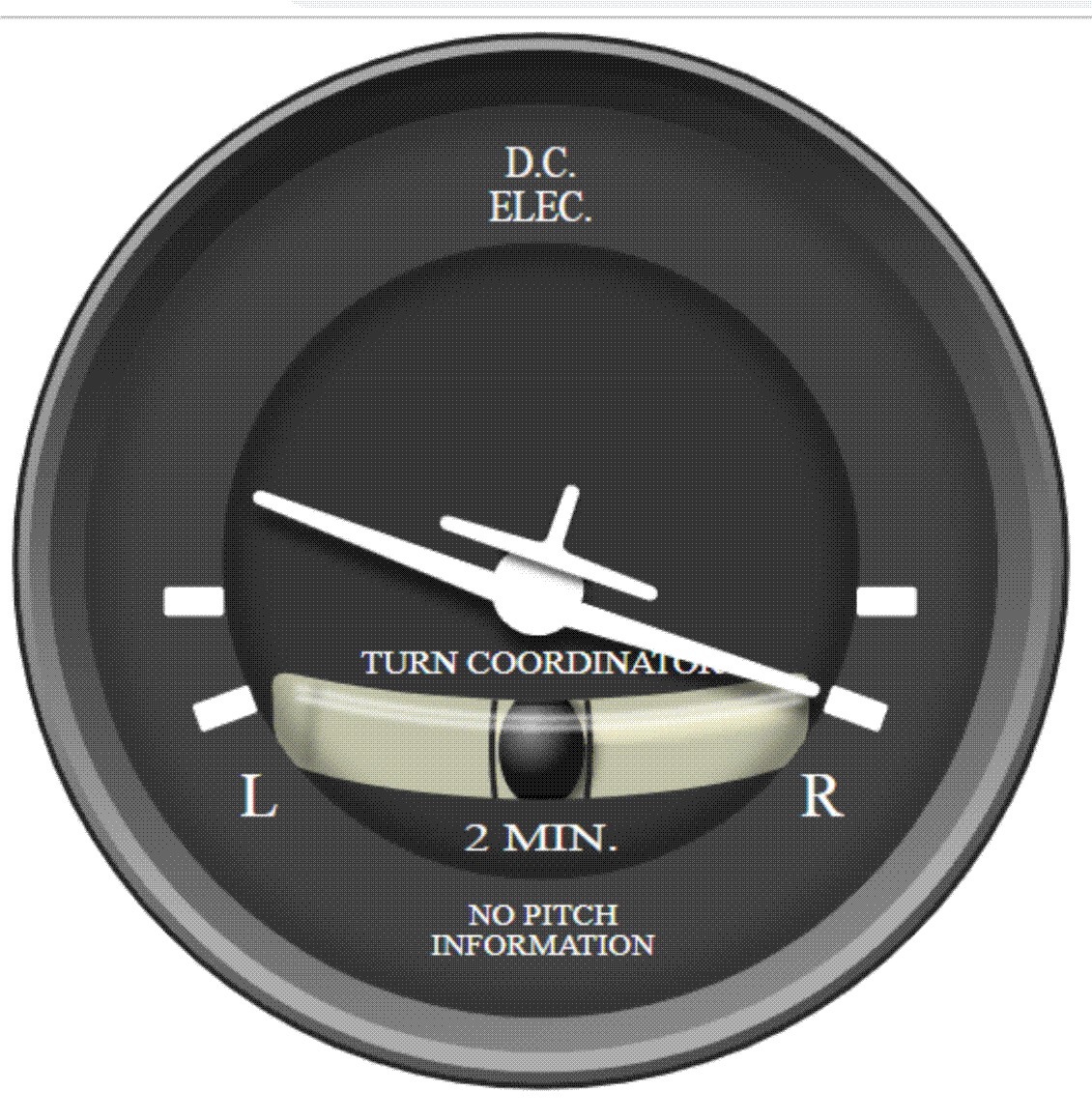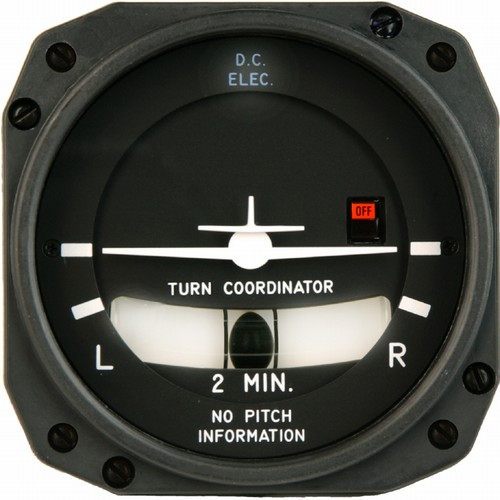A rate 1 turn is a standardised rate of turn used in instrument approaches and holding patterns so that pilot action can be predictable by both controllers and other traffic. It is referred to as ‘rate 1’ because whatever angle of bank is used, the result should equal a turn of 180 ° in exactly one minute. This equates to a 3° per second rate of turn.
The question is, how much do you need to bank to achieve a 180° turn in 1 minute, or a 360° turn in 2 minutes?
Well, there is a rough formula which you can use to calculate the angle of bank:
Angle of Bank = (TAS (kts)/10) + 7
If you play around with this formula, and try two different speeds, you will notice that at a higher TAS, you will need a higher bank angle in order to achieve a steady rate 1 turn. A higher bank angle will also mean a greater load factor.
Increasing your speed using a lower bank angle will not help, in fact it will decrease the rate of turn, and you will not achieve the required 180° in 1 minute – it will take longer than a minute.
Airliners usually use a maximum bank angle of 25° to 30° in most normal operations. As a result of this, many instrument approaches and climb out procedures have speed restrictions to ensure that a high enough rate of turn is maintained, and that the turn radius is kept within the limits so as to ensure the turn is kept safe, especially if there is high ground in the vicinity.
Even if you are a VFR pilot, it is still fun to practice these turns and it will help you to achieve the smooth handling you have always wanted. Two instruments on your panel can help you achieve these turns, but first remember to do your HASELL checks, keep an eye on your altitude throughout!
Your turn co-ordinator is the obvious one, as it has an appropriately placed notch just below the little aeroplane wings. This notch will give you the rate 1 angle of bank if you fly on it. As you turn either to the left or the right, align the ‘aeroplane’ wing with this notch and hold it there. On the same instrument, you will see the moving ball just below – keep the ball in the middle at all times to make sure the turn is balanced. If the ball goes out, you will end up skidding or slipping in the turn.
Another option os to use the AH, or artificial horizon, which also has appropriately placed notches, and will also help you maintain the pitch angle.
So, on your next sortie, don’t just fly, but try a couple of rate 1 turns to improve your handling skills!

Turn co-ordinator in a balanced, right-hand, rate 1 turn

Artificial Horizon in straight and level, a rate 1 turn on this particular model will be second notch to the left or right.





Nice one Essential.